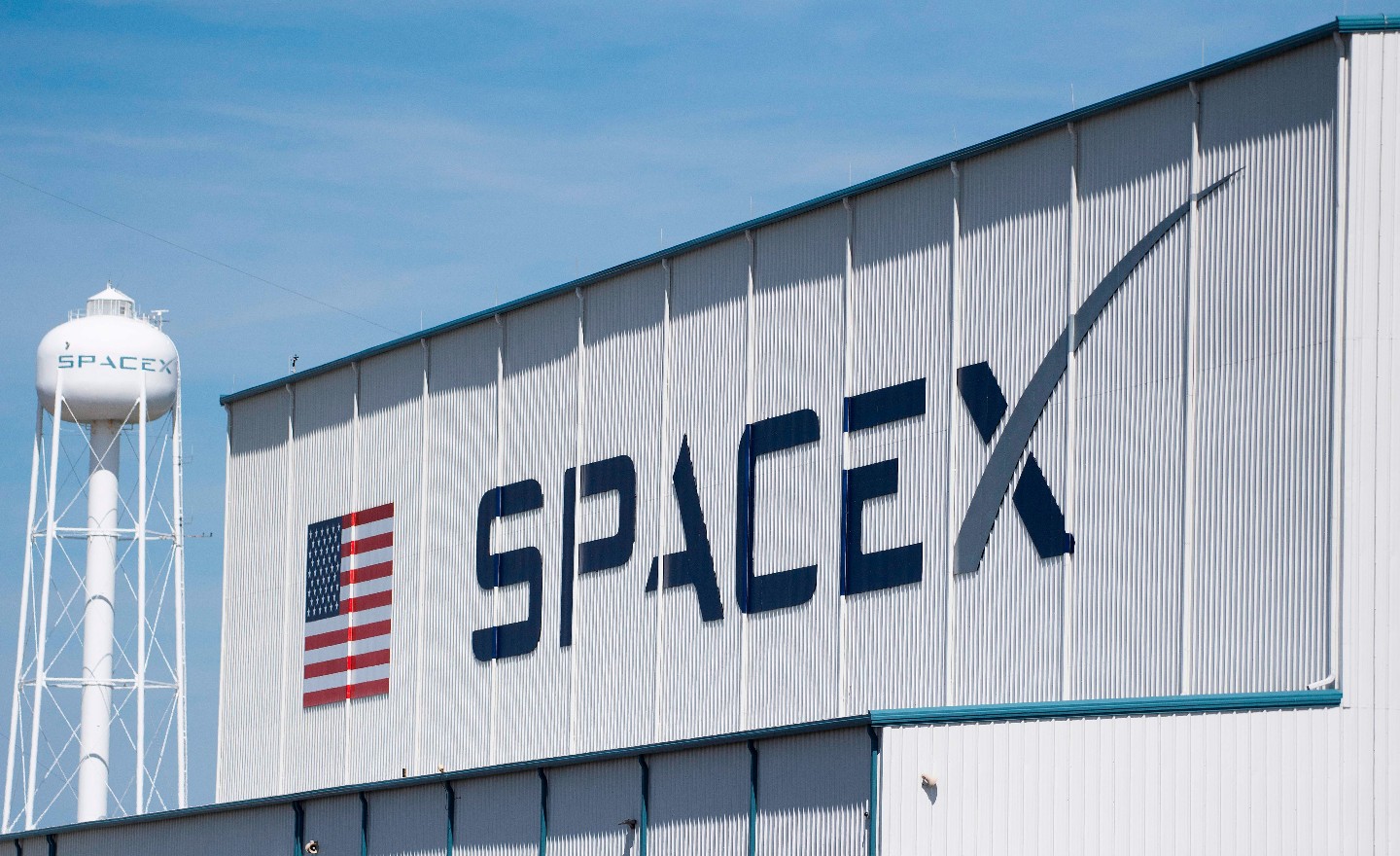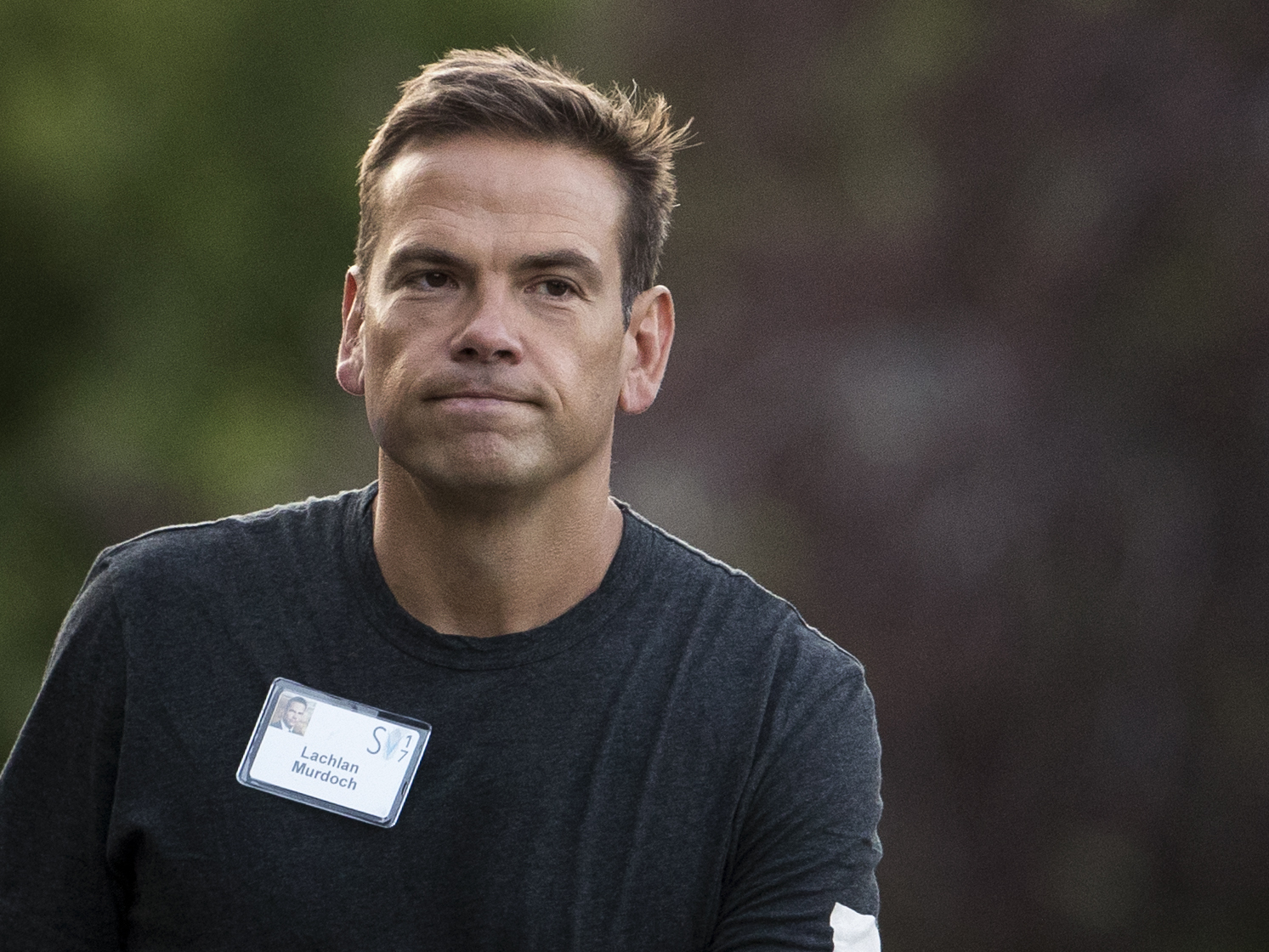
SpaceX’s massive new rocket blasted off on its first test flight on Thursday, but minutes after lifting off from the launch pad it exploded and crashed into the Gulf of Mexico.
Elon Musk’s company was aiming to send a roughly 400-foot (120 m) Starship rocket from the southern tip of Texas near the Mexican border to circumnavigate the world. There were no people or satellites in it.
Plans were made to peel the booster off the spacecraft after liftoff, but this did not happen. The rocket began to fall and then fell into the bay after four minutes of flight. After separation, the spacecraft was to continue east and attempt to circle the globe, before crashing into the Pacific near Hawaii.
Crowds of spectators were seen from South Padre Island, several miles from the Boca Chica Beach launch site, which was out of bounds. As soon as he got up, the crowd shouted: “Go, baby, go!”
the company plans to use starship To send people and cargo to the Moon and eventually Mars. NASA has reserved a starship for its next moonwalking team, and wealthy tourists are already booking lunar flybys.
this was it second launch attempt, Monday’s attempt was thwarted by a frozen booster valve.
At 394 feet and nearly 17 million pounds of thrust, Starship easily outpaces NASA’s moon rockets — past, present, and future. The stainless steel rocket is designed to be fully reusable with rapid turnaround, dramatically lower cost, as SpaceX’s smaller Falcon rockets from Cape Canaveral, Florida, have done. Nothing was to be saved from the test flight.
The futuristic spacecraft flew several miles in the air during tests a few years ago, landing successfully only once. But it was to be the inaugural first-stage booster with 33 methane-fuelled engines.




